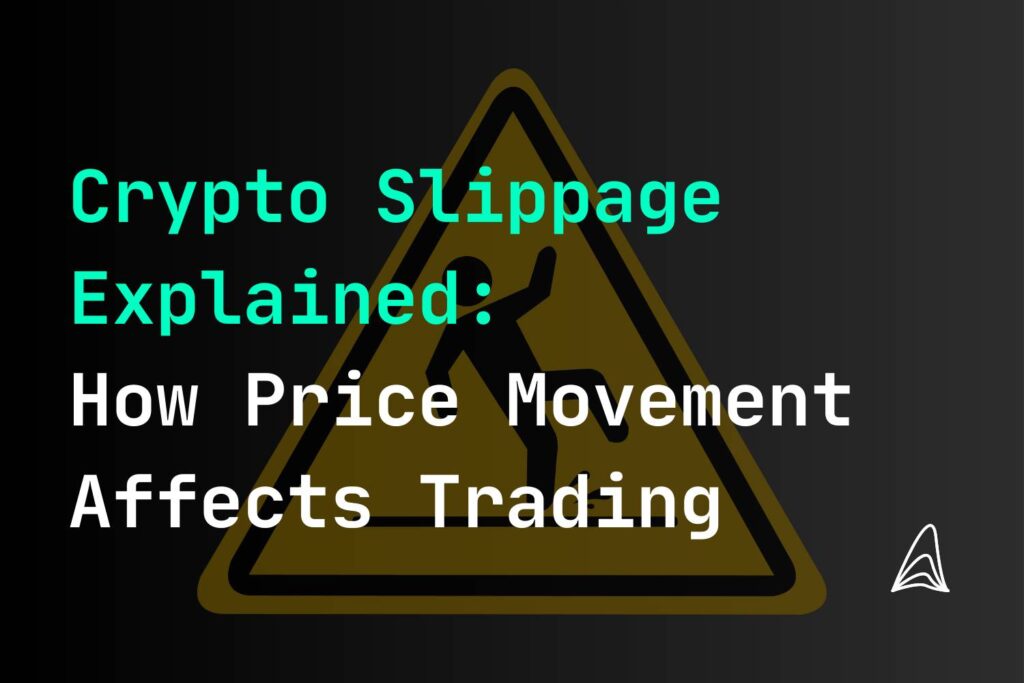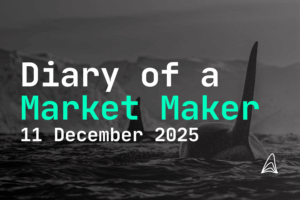
- Jakob Brezigar
- February 17, 2025
- Reading time: 7 min
Crypto Slippage Explained: How Price Movement Affects Trading
In the fast-paced world of cryptocurrency trading, every fraction of a percent matters. One phenomenon that can significantly influence trading outcomes is crypto slippage. This article provides a comprehensive guide to understanding slippage, its causes, its impact on your trades, and actionable strategies to minimize its effects.

Table of Contents
What is Crypto Slippage?
Example of crypto slippage in practice
The Causes of Slippage
Understanding why slippage occurs is crucial for developing effective trading strategies. Several factors contribute to this phenomenon:
Market Volatility
Liquidity Constraints
Order Types and Execution Speed
Managing Slippage with Tolerance Settings

How to Set Your Slippage Tolerance
The Benefits of a Low Slippage Tolerance
Impact on Trading Strategies
Market Orders vs. Limit Orders
- Market Orders: These orders guarantee immediate execution, making them ideal for fast-moving markets. However, they are highly susceptible to slippage because the final price is determined by the current market conditions at the moment of execution.
- Limit Orders: These orders help you lock in a specific price, offering better control over slippage. The downside is that they may not execute if the market does not reach your limit price. Choosing between market and limit orders requires assessing the market conditions and your risk tolerance.
Trading in Volatile Markets
Strategies to Minimize Slippage
Optimize Order Timing
Break Up Large Orders
Monitor Liquidity
Use Advanced Trading Tools
Disclaimer: The information provided in this article is for informational purposes only and does not constitute financial, investment, or other professional advice. All opinions expressed herein are solely those of the author and do not represent the views or opinions of any entity with which the author may be associated. Investing in financial markets involves risk, including the potential loss of principal. Readers should perform their own research and consult with a licensed financial advisor before making any investment decisions. Past performance is not indicative of future results.

Jakob Brezigar
Jakob, an experienced specialist in the field of cryptocurrency market making, boasts an extensive international presence. With Orcabay, he has skillfully managed major operations and deals for a wide array of global stakeholders.



